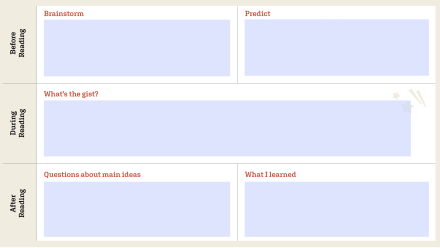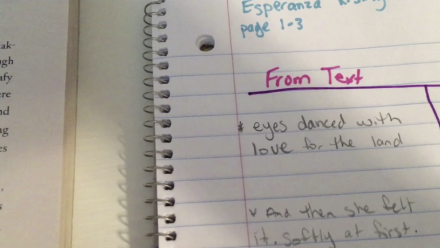Overview
Compassion has been described as empathy in action. It comes from the Latin word compati meaning “co-suffering” but goes beyond sympathy and empathy because it asks students to act on those feelings of suffering. Acts of compassion have the power to change both the giver and receiver by setting students on a altruistic trajectory they hopefully continue on into adulthood. Spotlighting examples of compassion in middle grade and young adult literature provides students concrete examples and inspiration for their own acts of compassion.
Conversation Starters
Below are questions that can be used with your whole class or within small groups of students to get them thinking about what they know, sharing their personal experiences, and listening to other perspectives. Since these questions may elicit positive and negative emotions, as well as very personal stories, you should first establish parameters for discussions and sharing within your class community.
1. How are sympathy, empathy, and compassion related to one another?
Teacher Side Note: A Word Line or Shades of Meaning visual is a great way to help your students visualize the relationship between related words.
2. What can you say or do to make yourself or someone else feel better?
3. Is compassion valued in society today?
Quotes to Prompt Discussions and Writing
Quotes are a great way to let students make personal connections between their lives and the world around them. Asking students to agree or disagree with a quote and explain their reasoning is a powerful and easy way for students to evaluate what they know and think about a topic. Quotes can act as a basis for whole-class and small-group conversations as well as writing prompts before, during, and after reading. Here are a few to get you started.

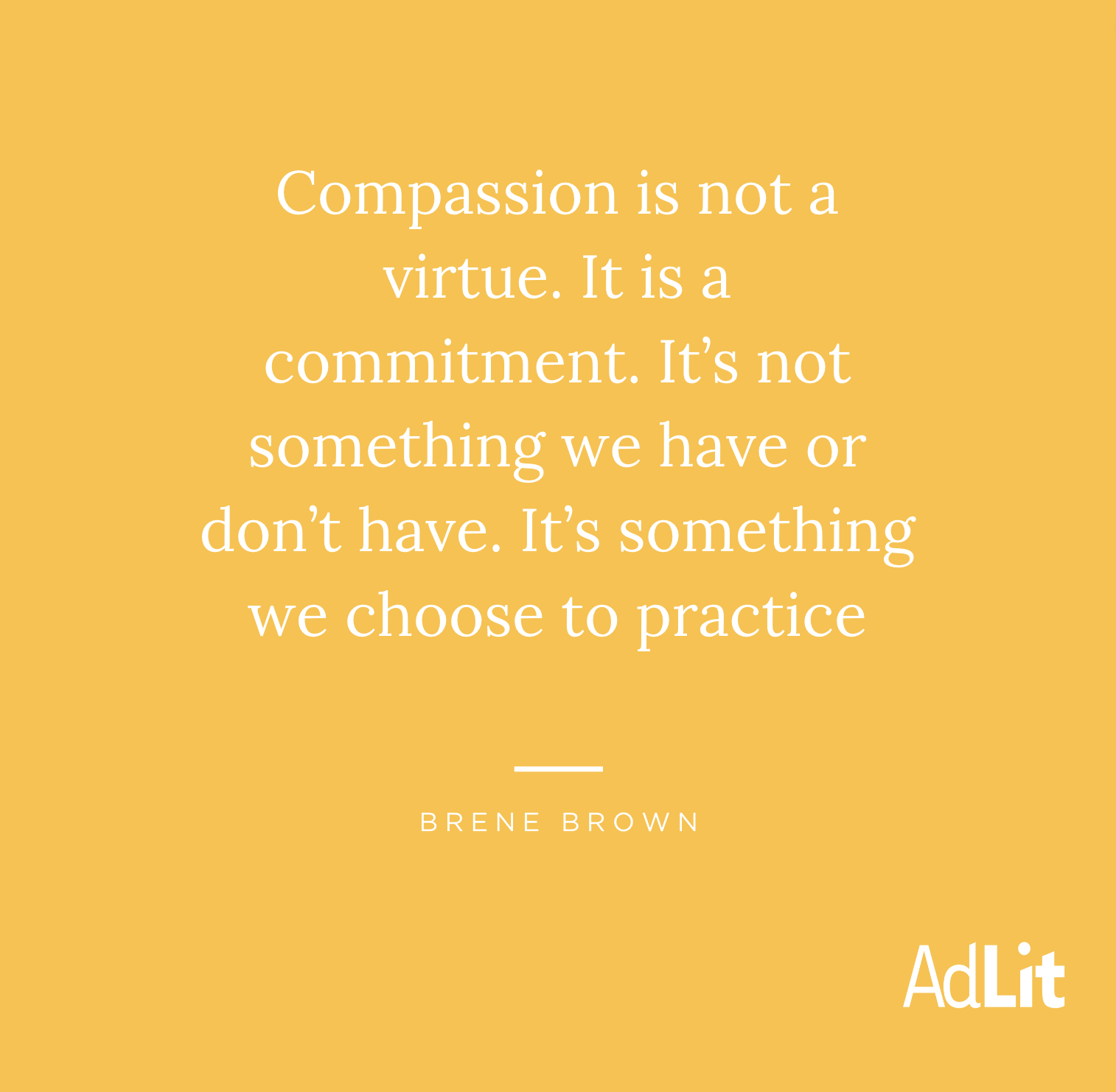
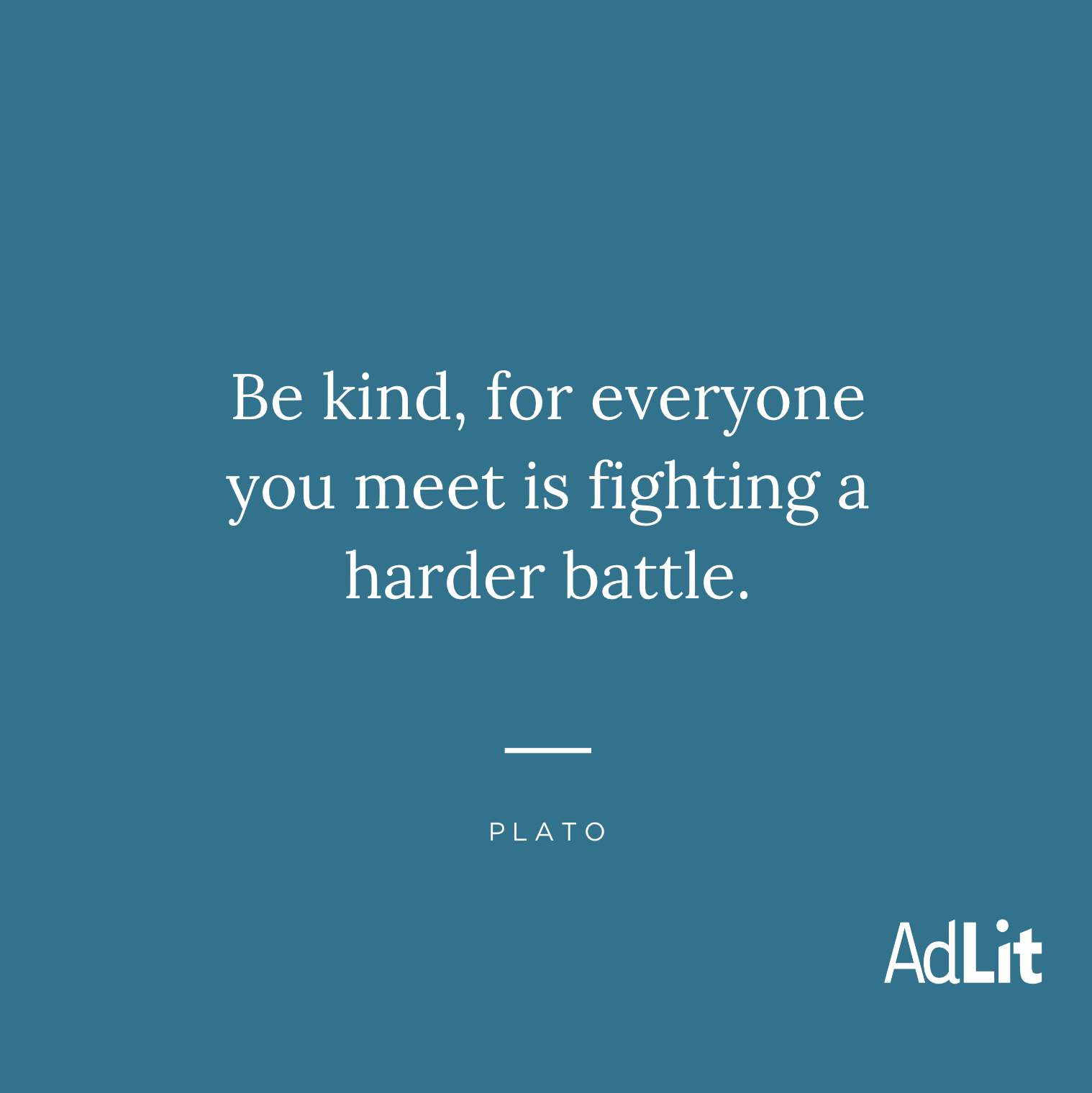
Music & Videos
Music and film have the power to connect with students’ deep emotions and transform their ideas. Students can listen and watch, then respond to written prompts or share their ideas in small groups.
We have chosen a few songs and video clips to help your students reflect on the idea of compassion, their personal experiences, and universal truths. Each song is linked to www.songfacts.com where you can learn more about the artists and development of each song as well as read the song lyrics.
Video
Unsung Hero
Video
Be a Mr. Jensen
Anchor Text
We encourage you to consider letting students choose between multiple texts that are connected thematically. Students can discuss their chosen texts in literature circles or book clubs while also building a shared understanding of larger themes and ideas across texts through whole-class share-outs and discussions.
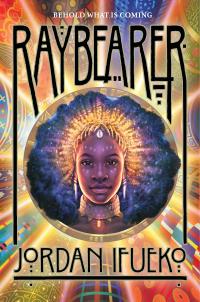
Raybearer

Fish in a Tree

The Same Stuff as Stars
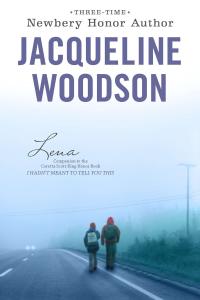
Lena
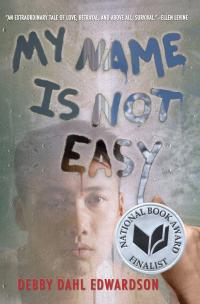
My Name Is Not Easy

Outcasts United: The Story of a Refugee Soccer Team That Changed a Town
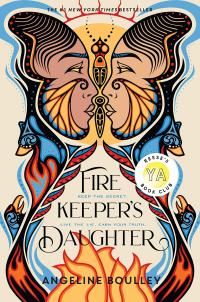
Firekeeper’s Daughter

Song For a Whale
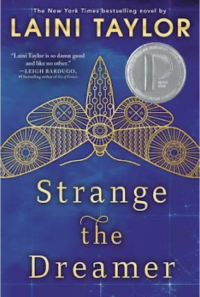
Strange the Dreamer

The Gilded Ones
Additional Texts and Resources
Deepen and extend your students’ understanding of compassion through their engagement with additional texts and multimedia resources. They can be powerful anchors for small-group or paired discussions.
NY Times
Ancient Bones that Tell a Story of Compassion
While it is a painful truism that brutality and violence are at least as old as humanity, so, it seems, is caring for the sick and disabled.
Psychology Today
3 Inspiring Stories of Everyday Compassion
A secret Santa, a pet dectective, and a tutor for kids are changing the world.
NPR Podcast: The Hidden Brain
The Science of Compassion
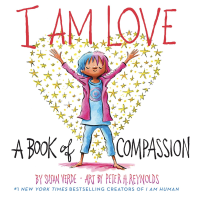
I Am Love: A Book of Compassion
Thinking Supports, Writing Prompts, and Wrap-Ups
Below are ways you might support your students’ critical thinking as they enage with their texts and discussions with classmates. Questions are included that can be used with your whole class or within small groups of students to have them make larger connections between the resources they utilized. Students should use two or more resources when developing their responses to wrap-up questions/activities.
1. How have the characters shown compassion? Have they evolved to become more compassionate? If so, how have they changed throughout the story?
2. As you were reading, what personal connections to the characters or story being told did you make?
3. After finishing your novel(s) and reading/listening to other materials, in what ways have you been inspired to fuel more compassion in the world?
Comprehension
Collaborative Strategic Reading (CSR) Strategy
Comprehension Vocabulary
Double-Entry Journals
Comprehension















